The holiday season is upon us, and as always, you can count on us for gift-giving inspiration to suit every reader in your life.
To kick off a season of supporting local authors, publishers, and booksellers, we are proud to partner with The Tyee to give away eight exciting reads and a $50 gift certificate to the indie bookstore of the winner’s choice.
To enter, visit The Tyee.
Read on for excerpts from each of the eight featured books!
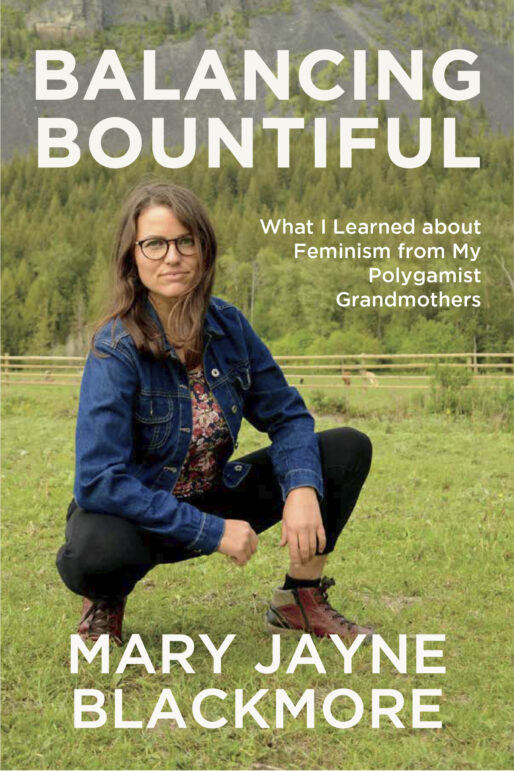
Balancing Bountiful: What I Learned about Feminism from My Polygamist Grandmothers
Mary Jayne Blackmore
Caitlin Press
Excerpt:
I am Mary Jayne Blackmore, the 5th child of my father’s 150 children. He is the 13th child of his father’s 31 children. My father is a polygamist, as was his father before him.
My grandmother described first coming to the Creston Valley as if it were the real promised land: “Fruit was ripening on the trees and the cows stood deep in tall grass blowing in the meadows.” For five decades, they thrived. They built businesses, built houses, built a school and raised families, carrying on the vision and legacy of their father. When I think about the sheer work of supporting those families, I’m amazed at the strength of my ancestors, but especially of the women. My grandmothers worked on the farm, in the fields and in the school and gave birth to so many cherished babies, trusting they were raising the chosen believers, those destined to help rebuild Zion. The Blackmores’ devotion to community and to live God’s word made them resilient in times of trouble.
What had made the Mormon community strong, however, was also what divided it. In 2002, when I was nineteen years old and a new mother, conflict over church leadership split apart the stout-hearted people of Bountiful and their Mormon brothers and sisters in Utah. Somehow, they let someone tell them they were no longer a family and community. They built walls shutting each other out and they stopped working together.
I was a witness to the conflict within the community I had been raised in and loved my whole life, and that conflict—along with so much love and tenderness and surprise and beauty—helped to shape who I am.
A Bounded Land: Reflections on Settler Colonialism in Canada
Cole Harris
UBC Press
Excerpt:
Closer at hand was an Indian agent, of whom by 1920 there were sixteen in the province. These agents were responsible for the protection of Indigenous rights, such as they were, for instructing Indigenous peoples in civilized ways, and for their general well-being. Some agents were appreciated by their charges, others were detested, and many were considered irrelevant – it was often said that they never did anything. The province was large and the agents few and not always competent or sympathetic: many Indigenous peoples hardly ever saw one. Other eyes, embedded in the land system, usually were more insistently at hand, and from the perspective of Indigenous peoples their disciplinary power was more tangible and disruptive. These eyes belonged to all those people who owned property nearby, or who held land under licence or lease. Some of them were absentee owners, and some turned a blind eye, but in general they watched, thereby securing their rights to their properties. Such watching, backed by the law, turned Indigenous peoples into trespassers. It defined where they could and could not go, and as they had once moved everywhere within tribal territories, and as livelihoods and lifeways had been tied to these movements, the management of movement associated with property rights was the most essential discipline imposed on them. Its effects were most pervasive where most Crown land had been alienated and the settler population was considerable, but even in areas where non-Indigenous people held little or no land and reserve boundaries, therefore, had little initial meaning, immigrants would acquire trapping, hunting, timber, or mineral rights sooner or later, and the constraints imposed by the non-Indigenous control of land would come into play. The metaphor of the Panopticon does not describe such watching: this was a decentred gaze that emanated from many eyes in many landed properties, fixed on Indigenous subjects, and tended to normalize their movement within a few acceptable channels.
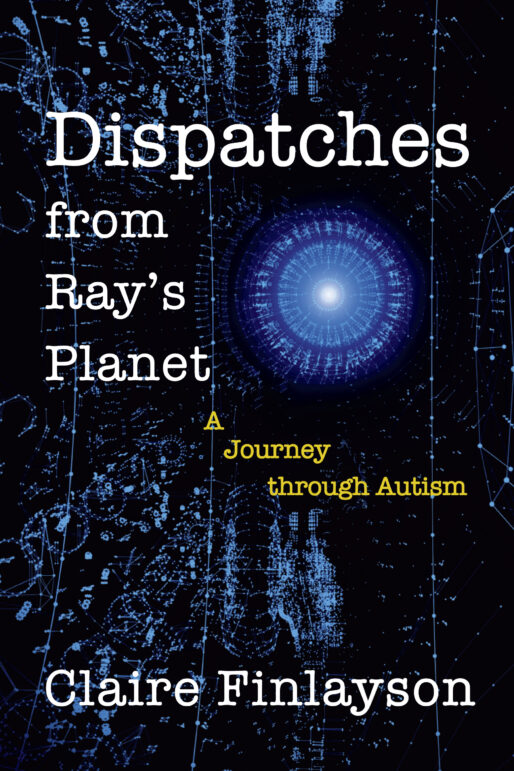
Dispatches from Ray’s Planet: A Journey through Autism
Claire Finlayson
Caitlin Press
Excerpt:
Ray has always known he’s different, but at sixty-three years of age, he certainly doesn’t believe he needs to be cured. According to him, the world would be vastly improved if everybody thought and behaved the way he does. He embraces the fact that he’s eccentric. But being eccentric, he says, is not the same as being defective. “We don’t say someone has eccentricity,” he tells me. “We simply say he’s eccentric. It’s not a disease.” He vigorously resists the idea that he needs to be fixed because, as he would say, on his planet he ain’t broken.
Despite sharing a given name with the autistic savant portrayed in the movie Rain Man, which brought autism into the popular consciousness, Ray has no single massive talent set against a backdrop of disability. And he doesn’t look or act much like the autistic characters that are played—one might say “parodied”—on popular shows today. Those characters usually live in nice apartments, surrounded by well-dressed, indulgent, neurotypical friends. They possess prodigious intellects, and their awkwardness is played for laughs. A favourite plot device is to put the science geek in a room with an attractive neurotypical woman in a low-cut top and watch the fun. It’s always just enough to make autists somehow endearing despite their rough edges.
Although he grudgingly admits at this late date that he meets certain criteria that might perhaps possibly earn him a place on the autism spectrum, he’s wary of being formally diagnosed with anything, and thus far, like many of his generation, he hasn’t been.
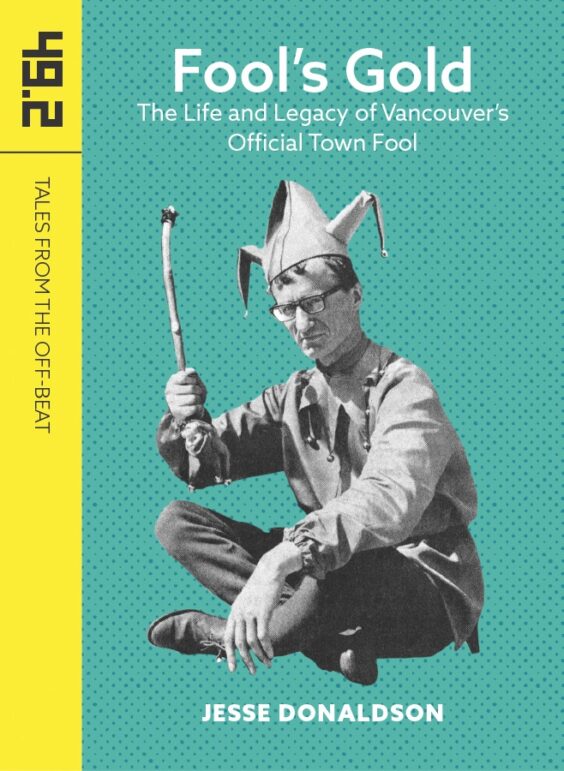
Fool’s Gold: The Life and Legacy of Vancouver’s Official Town Fool
Jesse Donaldson
Anvil Press
Excerpt:
It was April Fool’s Day, and Joachim Foikis was about to turn the city upside down.
The red and blue of his homemade uniform shone under the pop of flashbulbs as reporters and photographers formed a tight scrum around him, and the jangle of the bells on his cap made the foyer of Vancouver’s City Hall – normally a place dripping with righteous self-importance – feel more like a carnival sideshow. In one hand, he carried a sceptre adorned with a jester’s head.
In the other was a cheque for $3,500.
Diligently, he answered question after shouted question, his voice soft, his responses peppered with quotes from Socrates, Shakespeare, Mother Goose. Occasionally he paused to click his heels, to jump for joy, to thumb his nose at Mayor Tom Campbell.
“Now I can give my whole time to my job,” he grinned, “to live joyfully for nothing, and to spread joy and confusion.”
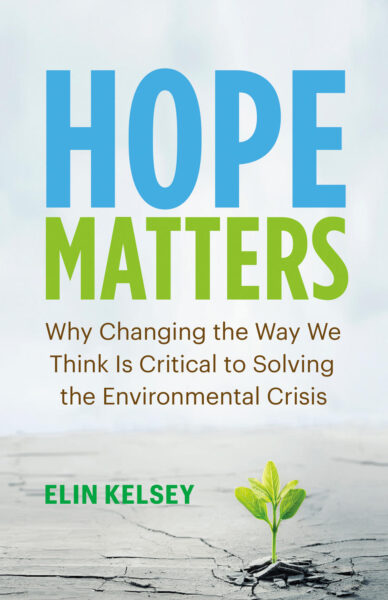
Hope Matters: Why Changing the Way We Think Is Critical to Solving the Environmental Crisis
Elin Kelsey
Greystone Books
Excerpt:
The tired old narrative of doom and gloom can no longer capture the changing global dynamics of life on planet Earth. The constant harkening back to fear does not serve us.
Far from keeping us from growing complacent, fear drives apathy. Indeed, there is growing concern that framing climate change as an impending catastrophe stokes the fires of “climate doomism”—the fatalistic belief that it is already too late to act, which, according to researchers, causes people to give up. And conversely, when we act from a positive feeling of meaning and purpose, we all benefit. In 2013, in the first study of its kind, medical researchers demonstrated that the happiness we derive when we act on behalf of the greater good shows up in our cells as a healthier immune response.
Hope Matters is a timely, evidence-based argument for the place of hope and a celebration of the turn toward solutions that is emerging in the face of global crisis and despair. I hope you will share it with the people you love.
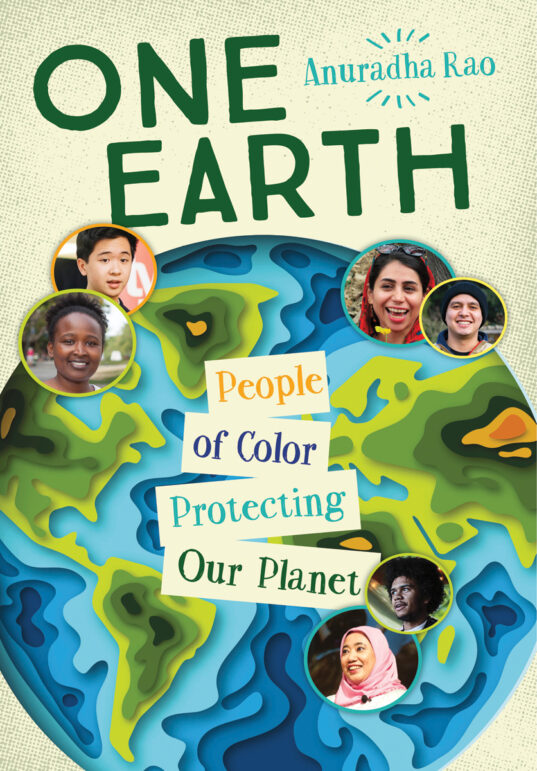
One Earth: People of Color Protecting Our Planet
Anuradha Rao
Orca Book Publishers
Excerpt:
When I was looking for people to interview for this book, I found more than I could possibly include. I could have written an entire book about environmental defenders of color in Vancouver, British Columbia, where I live, or a whole book about Indigenous protectors of culture, land and water. But one goal of this book is to showcase diversity—in background, location, age and interest. The people in this book don’t represent all the people from their nations, ethnicities or cultures. They spoke to me about themselves, their own experiences, and events as they recalled them. I chose to focus on 20 environmental defenders. You’ll learn about what they’re defending and how. You’ll see how their cultures and backgrounds influence their work. And you’ll hear the words and wisdom they’ve shared to inspire you. They’re the role models I wish I’d had when I was younger.
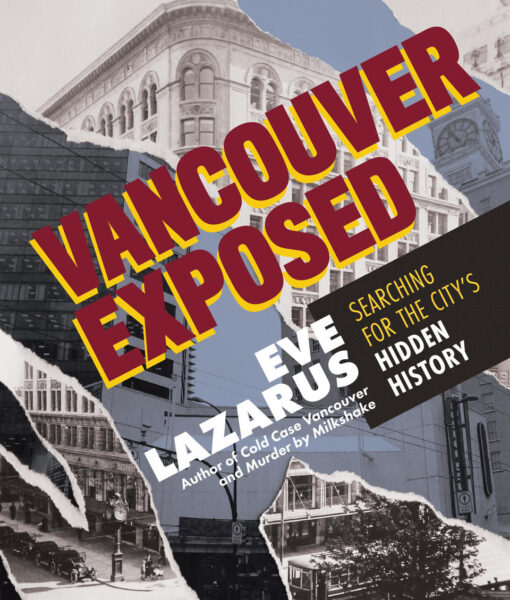
Vancouver Exposed: Searching for the City’s Hidden History
Eve Lazarus
Arsenal Pulp Press
Excerpt:
In October 2018, Fatidjah Nestman was looking out her high-rise window on West Thirteenth Avenue and noticed an old painted ad for White’s Grocery had popped up when workers removed the cement siding from a building on Granville Street. “I wonder how old this is,” Fatidjah said to me. “The phone number Bay 433 predates the sixties.” It certainly did. White’s Grocery was at 2932 Granville from 1915 until 1931. Ghost signs are a pre-billboard form of advertising that date back to the 1890s. Some of the surviving signs include the advertising on the old Woodward’s Building, Rennie’s Seeds in False Creek, Shelly’s Bakery on Victoria Drive, Money’s Mushrooms on Prior Street, and Wild Rose Flour in Chinatown. The day after Fatidjah sent me the photo, she told me, “Good thing we got the photo yesterday; today they are nailing siding over it. It was a dream, now it’s gone.”
Whipped: Party Discipline in Canadian Politics
Alex Marland
UBC Press
Excerpt:
Gathering information about political secrets is exacting, especially when a study delves into the caucus principle of confidentiality. Hansard records of legislative debates are insufficient because party discipline and caucus management are off limits in Question Period. Access to information legislation does not apply to the political executive or parliamentary parties, and in any event sensitive information is shared verbally. Caucus meetings consist of oral reports with “no printed agendas, no minutes, no recorded votes, and no press releases.” The only thing in writing is the internal email informing members of the time and location of a meeting. Everything is shredded when a politician leaves office, and a computer specialist wipes digital files; Library and Archives Canada mandates only that ministerial records related to departmental matters must be preserved. This is why one former chief of staff in the Prime Minister’s Office believes that studying how a caucus works is more difficult than studying the cabinet. As he points out, at least the cabinet makes formal records publicly available after a holding period of twenty to thirty years.
Interviewing people who have experience in party politics is the best way to reveal confidential information about what happens in private settings off limits to outsiders. Refusals to provide basic information belie political secrecy. Politicians who agree to speak with a researcher can become silent when asked about what happens in the caucus and some require anonymity for fear of retribution. A staffer in the chief government whip’s office in Ottawa explained to me that a whip’s work is too sensitive to discuss, even in the abstract.

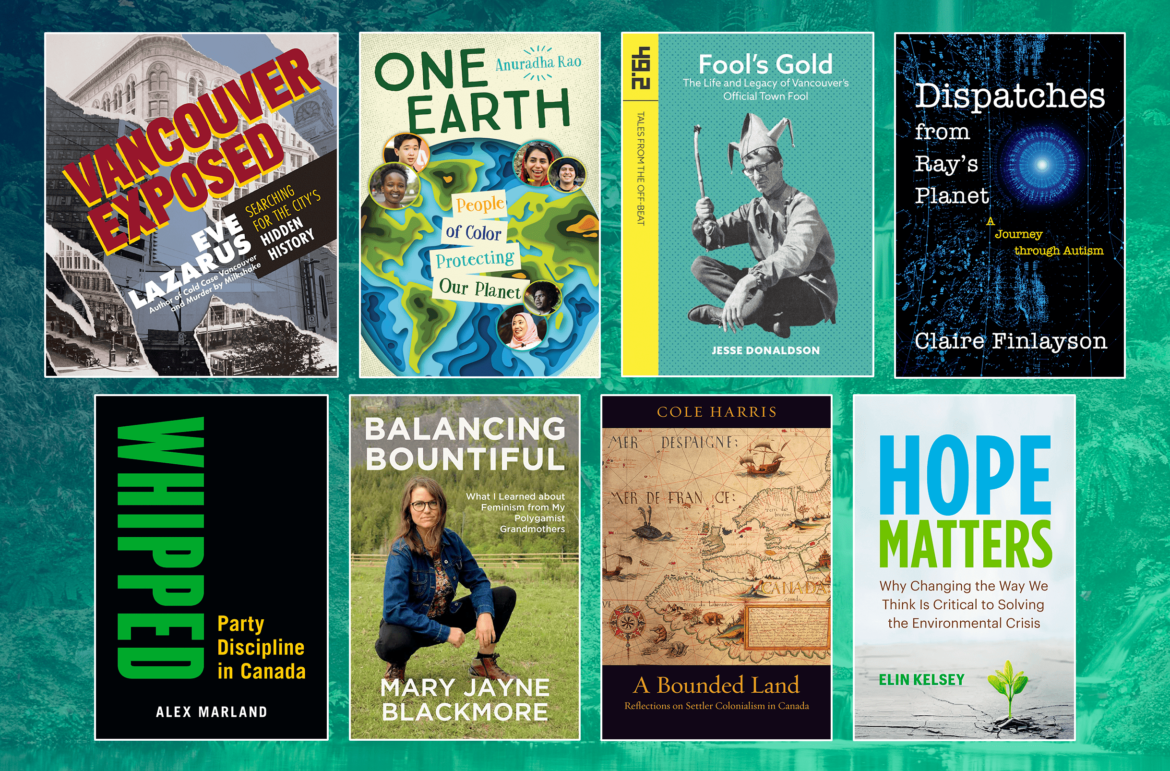
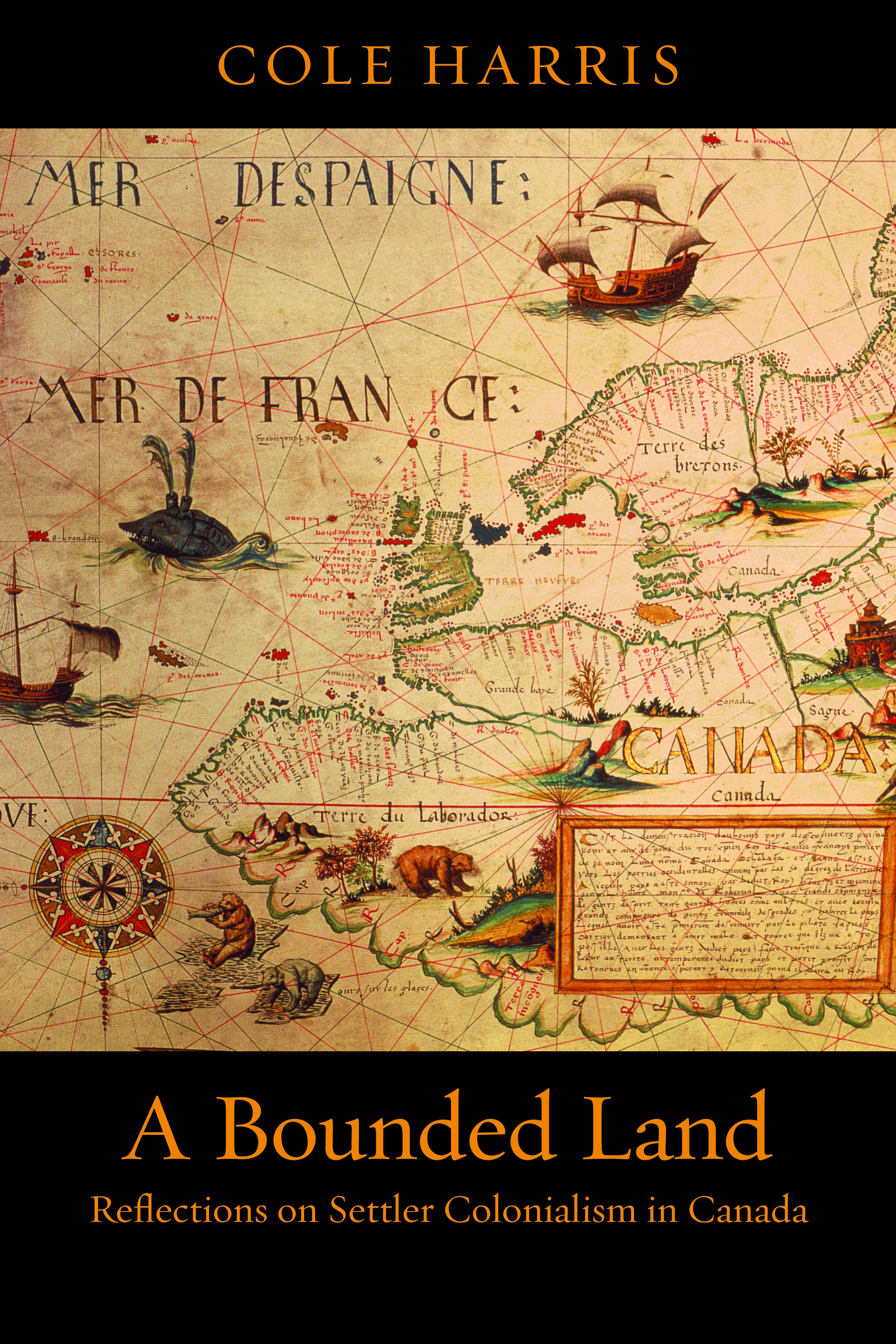
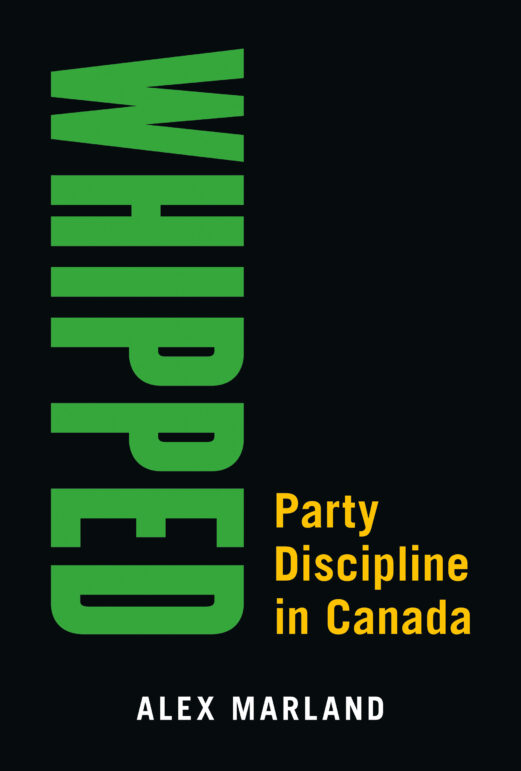
One reply on “Win A Local Book Prize Pack!”
[…] Read more. […]